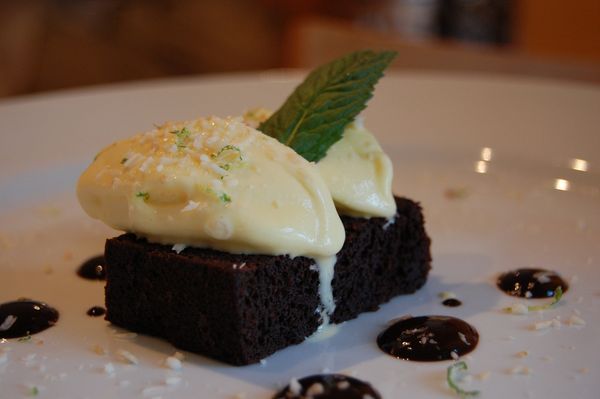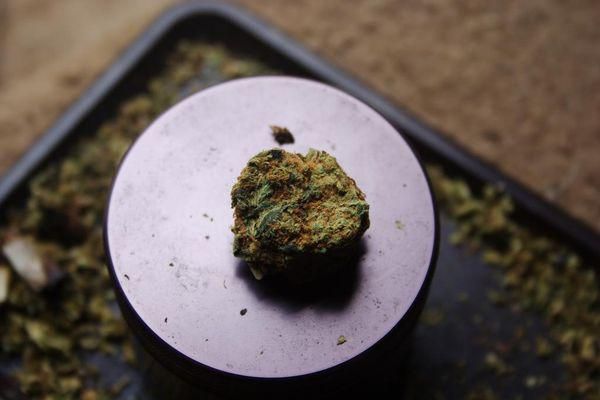- A silica-based method developed by a group of American scientists could represent a major breakthrough when it comes to marketing their food products, and for consumers it could mean peace of mind and safety. So far it has helped them to accurately calculate the level of THC in brownies and crackers, among other products.

As the use of marijuana in different US states is decriminalised and its medical applications are expanded, interest in the amount of cannabis found in different foods has increased. For entrepreneurs in the sector this is a vital concern: to offer recognisable, high-quality foods whose formulas always contain the same ingredients.
It seems that inaccuracies in recipes thus far (for example, in cookies and brownies) can be resolved thanks to a new method developed by a group of scientists. They argue that the process will help the edible cannabis food market grow.
The researchers placed foods containing marijuana in a centrifuge with dry ice and liquid nitrogen. They later added to the mixture a silica base to create a paste, thereby extracting analysable samples via the traditional procedure. Put another way, instead of directly placing the brownie or cookie, they “cooked” it so that the machines would measure each substance separately and reliably.
"The manufacturers of edible cannabis products complain that if they send their products to be analysed at three different laboratories, they get three different results back," explained one of the managers, Melissa Wilcox, with Grace Discovery Sciences, A company producing silica gel that participated in the project. "The purpose of our work is to create a solid method that can accurately and reliably measure the cannabis content in these products," she added. The researchers presented their work at the National Meeting of the American Chemical Society (ACS).

More than 30 US states have decriminalised cannabis or permitted its medical prescription. However, recent studies found that the labelling of the products was poor or irregular. In fact, these studies in three different cities demonstrated that only 17% of the food's packaging indicated the correct THC content, while more than half contained cannabidiol, without indicating so on the label.
Correcting these inaccuracies is important to creating a reliable market in which the consumer knows what he is buying. But most foods are analysed using methods not created for them. Sugars and fats may alter the THC measurement, for example, and yield erroneous results.
Although these preliminary results are still being evaluated in order to determine whether the new method works with all cannabis foods and drinks, scientists have been able to accurately measure the THC levels in gummy bears, brownies, cookies and some skin lotions. The next step will be to install the system in commercial laboratories, something that manufacturers are bound to appreciate.


Comments from our readers
There are no comments yet. Would you like to be the first?
Leave a comment!Did you like this post?
Your opinion about our seeds is very important to us and can help other users a lot (your email address won't be made public).